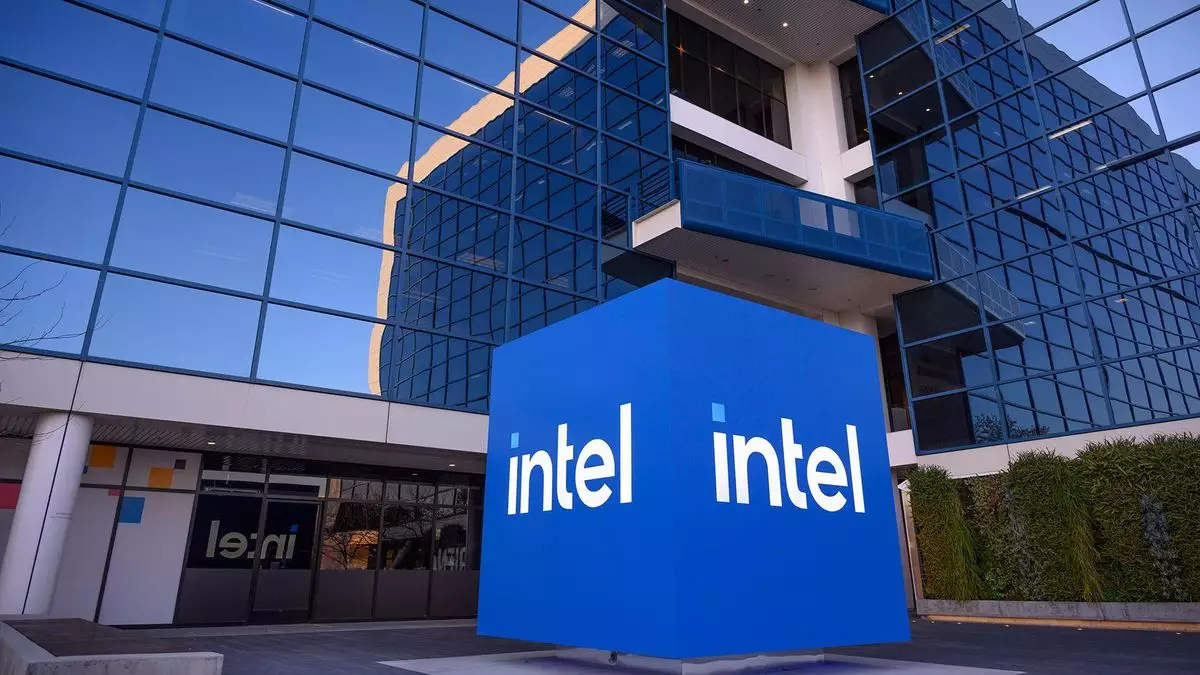Intel, long recognized as a giant in the semiconductor industry, is now facing significant challenges that stem from a series of missed strategic opportunities and an insular corporate culture. As modern technology continues to evolve, Intel’s decisions—or lack thereof—have begun to echo with increasing volume, causing many to question the company’s foresight and overall business acumen.
The story surrounding Intel’s failure to acquire Nvidia is a striking example of missed opportunities in corporate strategy. Back in 2005, when Paul Otellini was at the helm as CEO, he presented the board with the option to acquire Nvidia, which at that time had a market valuation of roughly $20 billion. This acquisition proposal was met with skepticism and ultimately rejection from the board, marking what many have since identified as a pivotal moment in Intel’s corporate history.
This decision not only reflected the board’s apprehension towards acquisition costs but also highlighted a deeper issue within Intel: a lack of vision for future technological landscapes. Had Intel embraced the potential inherent in Nvidia’s graphics technologies, it could have positioned itself favorably within the burgeoning AI and data center markets. Today, Nvidia stands as a titan of industry with an astonishing market cap of around $3.5 trillion, leaving Intel to grapple with its decision in an era of rapid technological advancement.
Intel’s corporate culture is often illustrated through a metaphor describing it as “the largest single-cell organism on the planet.” This characterization speaks volumes about the insular and rigid mindset prevalent within the company during crucial decision-making phases. With a primary focus on its x86 architecture—an area where Intel was dominating—the company developed an air of complacency, neglecting to look outside its established range of successful products.
This fixation on existing technologies created a strategic blindness, as illustrated by former CEO Craig Barrett’s description of the x86 chip ecosystem as a creosote bush, inherently damaging to competition. When market opportunities arose in sectors like AI and graphics processing, Intel’s leadership remained hesitant to make bold moves. The profits generated by existing operations overshadowed the need for strategic investment in emergent technologies, ultimately resulting in strategic inertia that has echoed throughout the company’s trajectory.
As current CEO Pat Gelsinger steps into a rapidly changing tech environment, he bears the weight of not only past decisions but also the significant setbacks stemming from them. The ambitious Larrabee project, initiated as Intel’s response to the demand for graphics processing, ultimately floundered, noting poor performance and execution issues. Gelsinger candidly admitted that had Larrabee been pursued more vigorously, Intel could have transformed Nvidia into a significantly smaller company.
Moreover, in a continuing pattern of regret, Intel reportedly passed on the chance to purchase a substantial stake in OpenAI in 2018 for $1 billion. Now valued at around $80 billion, that opportunity reflects another instance of Intel’s ongoing challenges with strategic foresight and effective resource allocation. These blunders form a disturbing pattern of missed ventures that, had they been embraced, might have altered Intel’s standing within the industry today.
With current circumstances imposing significant pressure on Intel—including mass layoffs, faltering dividends, and critical difficulties in its manufacturing processes—as well as pivotal strategic missteps, it stands evident that a shift in approach is not just beneficial but imperative. The recent developments surrounding Intel’s Arrow Lake desktop chips illustrate an urgent need for the company to rediscover its competitive edge in the PC market, particularly in light of emerging competitors and shifting consumer demands.
Addressing these strategic failings involves fostering an organizational culture that welcomes innovative thinking and embraces calculated risks. By reframing its corporate ethos to prioritize long-term planning and external market engagement, Intel could reclaim a level of competitiveness that has long been overshadowed by its past misjudgments.
As Intel navigates the complexities of the modern tech landscape, the lessons learned from its history serve not only as cautionary tales but also as guides for cultivating a more adaptable and visionary approach, essential for achieving sustainable growth in an era defined by rapid change and technological innovation. Only time will tell if Intel can successfully alter its trajectory and rise to its former prominence or if it will continue to be overwhelmed by the consequence of its missed opportunities.

